Data is the driving force of this digital era. By 2025, we will have 175 Zettabytes of data worldwide. Amid this data deluge, modern businesses must build a powerful technology stack that makes it quick and easy to collect and analyze data. The crucial choice of a cloud data platform becomes a linchpin in this effort. In this blog post, we will compare two key players – Azure Synapse and Snowflake, with its distinct capabilities and strategic trade-offs. This decision goes beyond technology to shape the very core of your data-driven success. Read on for a comprehensive Azure Synapse vs Snowflake comparison to determine which one is best to fulfill your business needs!
What is Azure Synapse?
Synapse is a cloud-based analytics service by Microsoft Azure. Using advanced distributed SQL engine technology, it efficiently processes large datasets. This platform offers a shared workspace, enabling collaboration between data engineers, scientists, and analysts to uncover valuable insights from the data. It helps businesses collect, organize, and understand their information to make smart decisions faster. It’s like having a powerful assistant that turns raw data into valuable insights, helping companies be more efficient and successful.
Key Features
- Comprehensive cloud data warehousing capabilities
- Inbuilt tools for governance
- Highly parallelized processing
- Seamless integration with various Azure offerings
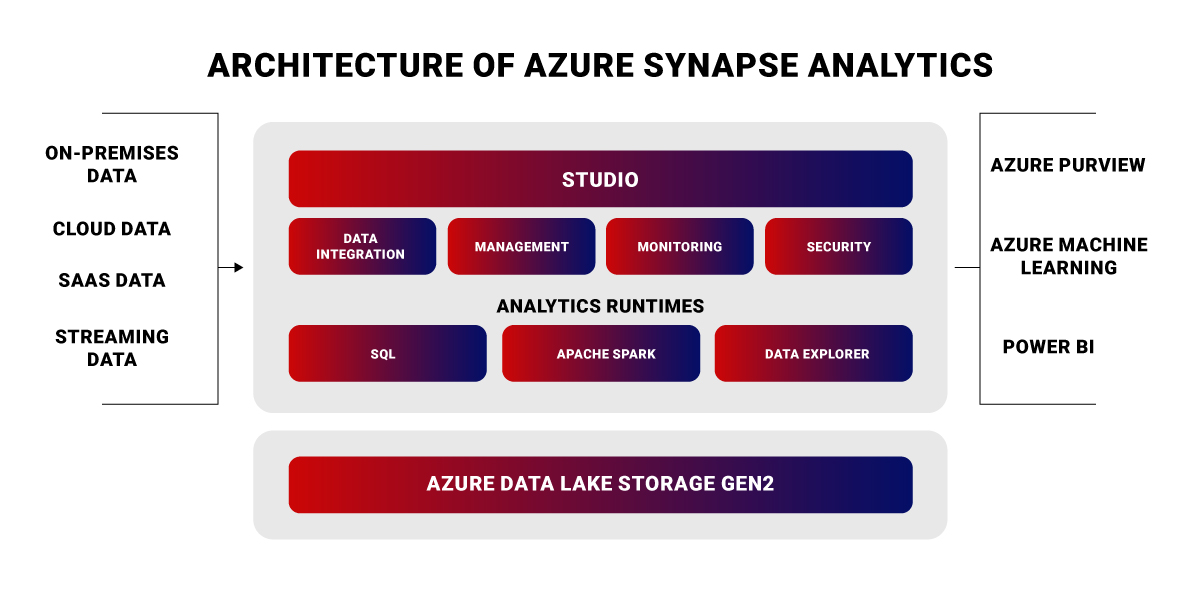
Pros of Azure Synapse
This powerful analytics platform combines data warehousing, big data processing, data integration, and machine learning so you can access, analyze, and visualize your data at scale for your analytics needs. Listed below are some of the benefits of Azure Synapse:
- Comprehensive Data Warehousing: Streamlines the data warehousing process with a comprehensive solution for storing and managing data in the cloud.
- Massively Parallel Processing: Adeptly manages large datasets, delivering rapid and responsive analytics for informed decision-making.
- Seamless Integration: Creates a unified ecosystem for seamless data management and advanced analytics by integrating with a myriad of Azure products.
- Serverless Flexibility: Enables users to adapt to diverse use cases with complete control and adaptability.
- Real-time Information: Delivers reliable data and accurate reports instantly.
- Adaptable Data Storage: Data can be stored in any preferred format with the flexibility to structure and organize data based on individual needs.
- Unified Microsoft Ecosystem: Seamlessly integrates with other Microsoft solutions, creating a centralized ecosystem that enhances collaboration and compatibility.
- Integrated Governance Tools: Ensures secure, compliant, and effective data management with in-built tools for governance.
- Exceptional Performance: Whether handling single or complex items, Synapse processes tasks within seconds for optimal performance across diverse data scenarios.
Cons of Azure Synapse
While Azure Synapse is a reliable solution for data management, it is not without limitations. Listed below are the common constraints of Azure Synapse that users have experienced:
- File Size: There are limitations in the size of files that can be loaded onto the platform.
- Usability: Lack of user-friendliness in generating reports due to the absence of intuitive, drag-and-drop functionalities.
- Integration Complexity: The overall integration within the Azure ecosystem can be more seamless, particularly when compared to alternative solutions like Databricks.
- Browser Dependency: There is no dedicated tool for laptop-based work. Majority users prefer an independent solution instead of browser-based operations.
- Analytics Capability: There is a need for expanded analytics capability within the solution to meet evolving data management needs.
- Restricted Data Types: Certain data types and table DDL operations face limitations and may not be fully supported or replicated within the Synapse environment.
- Row Size Constraint: The size of rows in source tables is capped at 7,500 bytes, imposing a restriction on the volume of data that can be accommodated.
- Table Limitation: A maximum of 5,000 tables can be added to a single link connection, setting an upper threshold on the scalability of table additions.
- System Tables Exclusion: System tables and security configurations are excluded from replication processes, adversely impacting the comprehensiveness of data transfers.
- SQL User Constraints: Restricts SQL users from performing administrative tasks, requiring the use of T-SQL for such operations.
- T-SQL Limitations: Several T-SQL limitations are yet to be supported, affecting the range of tasks that can be accomplished using this language within Synapse.
What is Snowflake?
Snowflake is a fully managed platform for data warehousing, lake management, data science, and secure real-time information sharing. A Snowflake data warehouse is built on either Amazon Web Services or Microsoft Azure cloud infrastructure. This cloud-based data warehousing platform has a unique architecture, decoupling storage, and computing for independent scaling. Snowflake is designed to handle large data volumes, offering advanced analytics. With built-in data-sharing and support for integration tools, Snowflake is a flexible, scalable solution, eliminating infrastructure management for enhanced focus on data analysis.
Key Features:
- Scalable computational capabilities.
- Effortless data sharing.
- Streamlined data cloning.
- Compatibility with external tools, encompassing various Azure products.
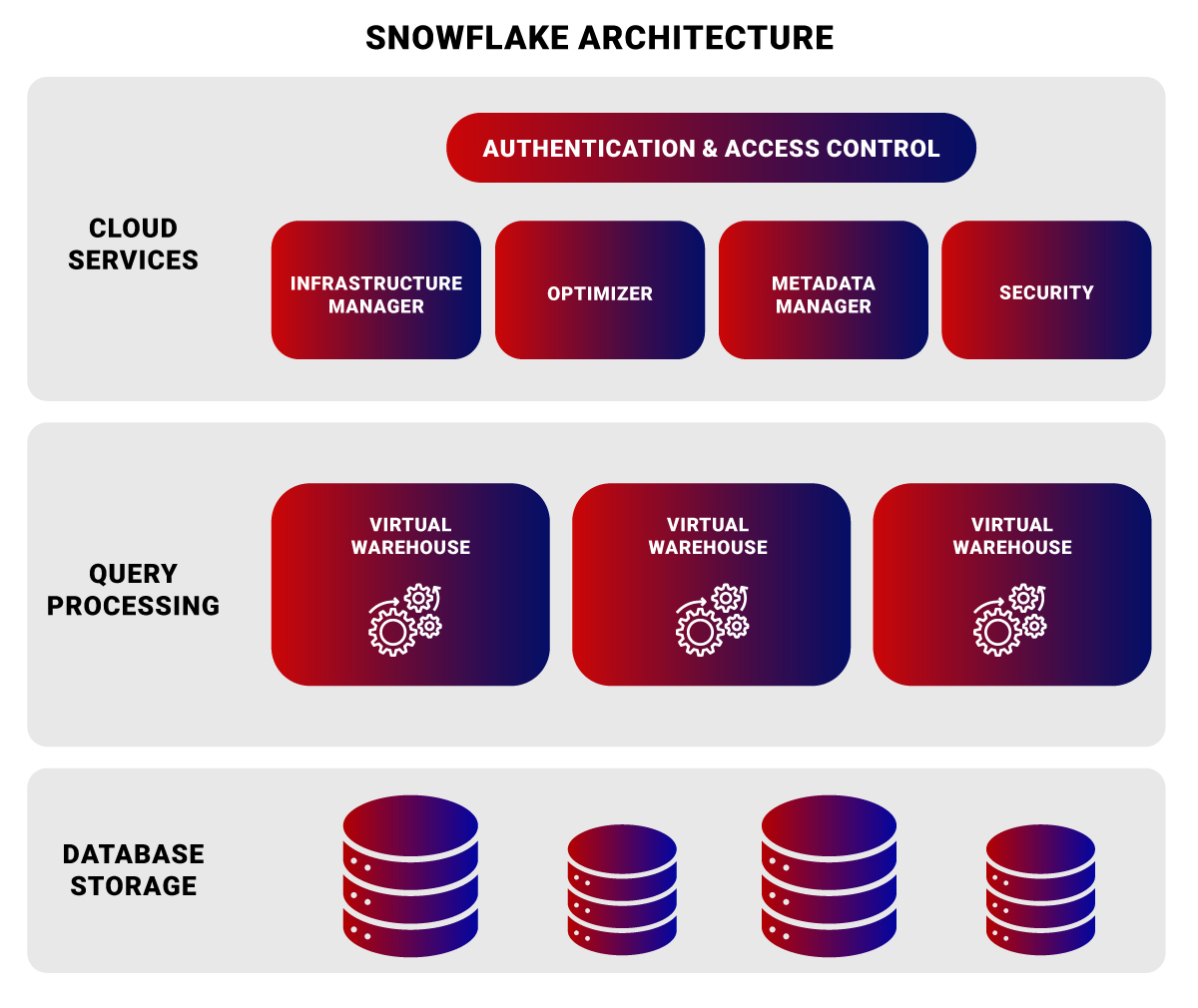
Pros of Snowflake
This robust cloud-based data warehousing solution offers a wide range of features. Listed below are the key advantages of Snowflake,
- Data Science Capabilities: The solution stands out for its robust Data Science capabilities, providing a powerful toolkit for advanced analytics.
- User-Friendly Interface: It has a user-friendly interface, making it relatively easy to use and facilitating a smooth transition. Additionally, users commend the responsive technical support offered by the platform.
- Versatile ETL Provisions: Snowflake impresses with its diverse ETL provisions, allowing users to leverage their own ETL pipelines. The platform also offers adapters, constantly evolving to meet dynamic data processing needs.
- Stability: The stability of Snowflake is recognized as a key strength, providing a reliable foundation for diverse data operations.
- SQL to NoSQL Translation: A standout feature is the ability to seamlessly translate SQL workloads into the NoSQL version, enhancing flexibility in data utilization.
- Time Travel Feature: Users find the Time Travel feature invaluable for accessing historical data, offering a crucial dimension to data exploration.
- Cloning External Tables: Snowflake introduces the capability to clone external tables, providing a practical solution for data replication and management.
- Innovative Functionality: Snowflake showcases three standout features – Snowpiping, Time Travel, and Snowpipes – each contributing to the solution’s comprehensive functionality.
Cons of Snowflake
While Snowflake is a versatile data warehousing solution, there are a few challenges that users need to consider,
- Integration Complexity: There is a need for better integration capabilities with tools like Liquibase, highlighting a current challenge in implementing changes to the data warehouse model seamlessly.
- Data Sharing Limitations: The capabilities for sharing data across different business units within an organization can be enhanced for more streamlined collaboration.
- Machine Learning and AI Enhancement: Snowflake needs to bolster its machine learning and AI capabilities to align with evolving industry standards.
- Operational Data Store (ODS) Space: There is a potential need for expanding the Operational Data Store (ODS) space within Snowflake.
- Cost Transparency: Improvement in transparency over costs and pricing can help users make informed decisions and effectively manage resources.
- Product Design Ambiguity: The design of Snowflake can be easily misunderstood, prompting a call for clearer communication and user understanding.
- Migration Challenges: There is a clear need for easier migration processes, particularly for Operational Data Store (ODS) features, which could be beneficial for a seamless transition from other platforms.
- OLTP Feature Gap: Snowflake needs to explore the addition of OLTP features for addressing specific user scenarios where instantaneous query response times are a critical requirement.
- Python Integration Improvements: Users have also identified room for improvement in Snowflake’s integration with Python, suggesting a more seamless experience for those who frequently switch between SQL and Python programming within the platform.
Azure Synapse Analytics vs Snowflake: Key Differences
| Feature/Capability | Azure Synapse | Snowflake |
| Data Warehousing | Integrated into the Azure ecosystem, supporting both on-demand and provisioned resources. | Cloud-native data warehousing platform. |
| Data Integration | Unified platform for data integration and analytics. | Focuses on data warehousing with separate data integration capabilities. |
| Performance | Optimized for large-scale analytics with provisioned resources. | Cloud-native architecture for scalable and efficient performance. |
| Security | Azure AD authentication, role-based access control. | Multi-layered security with features like automatic encryption. |
| Scalability | On-demand scaling for computing and storage. | Auto-scaling with separate compute and storage scaling. |
| Query Language | Supports SQL and Apache Spark. | SQL-based querying. |
| Concurrency | Supports concurrent queries and workload isolation. | Offers high concurrency and workload isolation. |
| Integration with Other Services | Deep integration with Azure services. | Integration capabilities with various platforms and tools. |
| Ease of Use | Familiar interface for users familiar with Azure services. | User-friendly interface with emphasis on simplicity. |
| Cost Management | Pay-as-you-go model with flexibility in resource provisioning. | Consumption-based pricing with separate billing for storage and computing. |
| Global Presence | Available in multiple Azure regions globally. | Multi-cloud support with a global presence. |
| Architecture | Single platform for cloud-based data analytics. | Limitless analytics service combining enterprise data warehousing and big data analytics. |
| Administration | Leverages automation for ETL and EDW processes. | Offers a single service for all data processing, management, and serving needs. |
| Built-In Data Analytics | Enables querying data on terms. | Turns data lake into a data ocean for immediate business intelligence and data prediction needs. |
| In-Database Machine Learning | Allows building predictive machine learning models. | Provides data acquisition and understanding capabilities. |
| Data Lake Analytics | Modern data lake with Parquet format support. | Reads files in Data Lake in Parquet format for improved Polybase execution. |
| Cloud | Supports live data sharing with its cloud data platform. | Cloud-native, distributed SQL processing engine. |
| AI/ML Integration | Deep integration with Azure Machine Learning and Power BI. | Offers Driverless AI automated machine learning inflows and integrated AI/BI. |
Azure Synapse vs Snowflake Comparison on Different Parameters
Now that we’ve understood the key differences in a quick tabular form let’s dig deeper into the crucial distinctions between these platforms to determine which best suits your data needs.
Architecture
Snowflake adopts a cloud-native approach, separating computing and storage to allow independent scaling and optimal cost management. On the other hand, Azure Synapse Analytics employs a distributed architecture tightly integrated with the Azure ecosystem for seamless scalability and integration with Azure services. In this aspect, Snowflake is considered superior due to its flexible separation of computing and storage, providing enhanced flexibility and cost optimization.
PaaS vs. SaaS
Snowflake operates as a SaaS platform across various cloud providers, separating storage and compute credits. Meanwhile, Azure Synapse Analytics functions as a PaaS solution, offering a free Azure Synapse Workspace alongside data warehousing resources. In this case, the choice depends on individual preferences, with both options providing unique advantages.
Scalability
Snowflake takes the lead with its automatic scalability through a multi-cluster architecture, ensuring optimal performance and virtually unlimited storage capacity. Azure Synapse Analytics offers on-demand scalability with Data Warehouse Units (DWUs), providing flexibility based on workload requirements. Here, Snowflake stands out for its seamless resource management and automatic scalability.
Performance
Snowflake leverages its unique architecture and optimization techniques, including instant cloning for faster querying. Azure Synapse Analytics, on the other hand, utilizes distributed query processing for high-performance analytics, parallelizing operations across multiple compute resources. The choice between the two depends on specific use cases and workload patterns, with no clear winner in this aspect.
Integration
Both platforms offer robust integration capabilities with popular data integration tools and BI platforms. However, Azure Synapse Analytics gains an edge due to its tight integration with the Azure ecosystem, supporting services like Azure Data Factory and Azure Analysis Services. In integration capabilities, Azure Synapse Analytics is considered superior.
Security
Both the platforms implement robust measures, including encryption, access controls, and compliance with industry regulations. There is no clear winner in this aspect, as both Snowflake and Azure Synapse Analytics prioritize data security.
Cost
Snowflake employs a consumption-based pricing model, allowing users to pay for actual usage of storage and compute resources. Azure Synapse Analytics, on the other hand, combines provisioned DWUs and storage consumption for pricing. The decision between the two depends on various factors such as usage patterns, data volume, and specific requirements. It’s challenging to determine a clear winner in this aspect due to the variable nature of cost considerations.
Data Cloud Management
Snowflake manages all aspects of data storage and access through SQL queries, limiting direct access to data objects. Azure Synapse Analytics, while fully managed, offers users more control over data processing. The choice between the two depends on the balance desired between management and control.
Data Analytics
Snowflake supports sophisticated analytics through integrations with various platforms, potentially incurring additional costs. Azure Synapse Analytics, however, provides a comprehensive set of data analytics tools without additional charges, including Azure Machine Learning, PowerBI, Azure Data Factory, and Synapse Studio. In this aspect, Azure Synapse Analytics is considered superior for offering a complete analytics solution without additional expenses.
Azure Synapse vs Snowflake: When to Use What
Whether you’re focused on large-scale data warehousing, real-time analytics, collaborative data science, or meeting security and compliance standards, making a choice between Snowflake vs Synapse for your cloud data needs is a big decision. Let’s look at each platform’s unique capabilities suited for specific scenarios to help you choose wisely.
When To Use Azure Synapse
Azure Synapse is a versatile platform that caters to various use cases due to its integrated features and capabilities. Here are some practical examples of when to use Azure Synapse:
- Big Data Analytics: A telecommunications company needs to analyze large volumes of customer call data, combining it with other structured and unstructured datasets for comprehensive insights into network performance and customer behavior. Azure Synapse’s ability to handle big data analytics makes it suitable for this scenario.
- Real-Time Analytics: An online streaming service wants to analyze user engagement and preferences in real-time to personalize content recommendations. Azure Synapse’s integration with Apache Spark allows for real-time analytics processing on large datasets.
- Unified Analytics Platform: A retail business wants a unified platform for both data warehousing and big data analytics to streamline operations. Azure Synapse’s ability to bring together these capabilities under one roof simplifies data management and analytics workflows.
- Data Integration and Transformation: A manufacturing company needs to integrate data from various sources, including IoT devices on the production floor, to optimize processes and identify potential issues. Azure Synapse’s data integration features facilitate seamless data flow and transformation.
- Data Exploration and Visualization: A marketing team wants to explore and visualize customer data to identify trends and patterns for targeted campaigns. Azure Synapse’s integration with Power BI allows for easy data exploration and visualization, enabling data-driven decision-making.
- Operational Analytics: A financial institution needs to perform operational analytics on transactional data to detect fraud in real-time. Azure Synapse’s capabilities enable the integration of operational and analytical processing for timely insights.
- Advanced Machine Learning: A healthcare organization aims to implement predictive modeling for patient outcomes based on a vast dataset. Azure Synapse’s integration with Azure Machine Learning facilitates the development and deployment of advanced ML models.
- Cost-Efficient Scaling: An e-commerce platform experiences varying workloads during sales events and regular days. Azure Synapse’s on-demand scaling allows the platform to efficiently manage resources, scaling up during peak times and down during periods of lower demand, optimizing costs.
- Security and Compliance Requirements: A government agency handling sensitive citizen data requires a platform that adheres to strict security and compliance standards. Azure Synapse’s robust security features and Azure AD authentication make it suitable for such use cases.
Explore the diverse use cases and benefits of Azure Synapse Analytics in this insightful blog post and unlock the full potential of this powerful platform!
When to Use Snowflake
Snowflake’s unique architecture and capabilities make it a powerful and versatile data platform that can be used to solve a wide range of business problems. Here are some applications of Snowflake across verticals, with examples:
- Large-Scale Data Warehousing: A retail company with vast amounts of transactional data needs a robust data warehousing solution to analyze sales trends, customer behavior, and inventory management efficiently. Snowflake’s ability to handle large-scale data makes it a suitable choice. Explore our Data Warehouse consulting services to learn how we can help you with consolidating diverse data sources with wide analytics and reporting.
- Fraud detection: Snowflake can be used to detect fraud in healthcare claims data. This can help healthcare providers to save money and protect their patients.
- Regulatory Compliance: In the financial services sector, Snowflake emerges as a dynamic technology solution for efficiently storing and analyzing regulatory compliance data. Financial institutions leverage Snowflake to meet their compliance obligations seamlessly, ensuring a robust regulatory framework.
- Risk Management: Snowflake transforms risk management in the financial domain by providing a comprehensive platform to store and analyze risk management data. Organizations benefit from Snowflake’s capabilities in identifying and mitigating potential risks, thereby enhancing overall risk management strategies.
- Inventory Management: Snowflake streamlines inventory management by tracking levels and analyzing sales trends. This technology ensures optimal inventory levels, preventing stockouts and streamlining the overall inventory management process.
- Product Development: Snowflake revolutionizes product development in the retail sector by analyzing customer feedback and product usage data. Retailers can leverage this technology to develop innovative products that precisely align with customer needs and preferences.
- Quality Control: Snowflake redefines quality control in manufacturing plants by analyzing production data to identify defects and enhance quality. Manufacturers can benefit from Snowflake’s capabilities in improving overall product quality.
- Supply Chain Management: In manufacturing, Snowflake streamlines supply chain management by tracking the movement of goods and materials. This technology optimizes supply chains, reduces costs, and enhances overall efficiency in the manufacturing process.
- Predictive Maintenance: Snowflake’s predictive maintenance capabilities can revolutionize manufacturing operations by analyzing machine data to predict potential failures. This technology enables manufacturers to schedule maintenance proactively, minimizing downtime and optimizing operational efficiency.
- Trend-Driven Analytics: Snowflake’s content analytics capabilities in media and entertainment can be geared towards identifying trends and patterns. Organizations can leverage this technology to develop new content that resonates with their audience, ensuring sustained viewer interest.
How Our Expertise with Azure Synapse and Snowflake Can Maximize Your Data Potential
Leverage our 8+ years of experience as a Microsoft Gold Partner in Azure services to unlock your data’s potential and yield significant ROI for your business. Whether you operate in finance, healthcare, e-commerce, or any key industry, we bring expertise that aligns with your industry nuances. We can infuse the latest features into your Azure Synapse and Snowflake ecosystems, ensuring your analytics infrastructure is not just current but future-ready. Our seasoned data warehouse experts can chart a roadmap that aligns your data analytics goals with emerging trends so you can proactively capitalize on technological shifts.
Snowflake vs Azure Synapse: Which One Reigns Supreme?
Azure Synapse, embedded in the Azure ecosystem, excels in seamlessly combining data warehousing and analytics. Snowflake’s multi-cluster architecture ensures automatic scalability, making it an ideal choice for dynamic workloads, coupled with robust security measures and integrations with leading BI tools. The decision between Azure Synapse and Snowflake depends on your specific requirements, scalability needs, and integration preferences. As an experienced industry leader, we’re here to guide you through this process, ensuring your data platform aligns perfectly with your organizational goals.
Frequently Asked Questions
Q: Does Snowflake work with Azure?
A: Yes, Snowflake can he hosted on Azure while ensuring seamless integration with Azure Blob Storage, Azure Data Lake Storage, and Azure Active Directory. Partner with us to optimize the power of Snowflake within your Azure environment.
Q: Is Azure Synapse PaaS or SaaS?
A: Azure Synapse is a Platform as a Service (PaaS) offering where Microsoft manages the infrastructure and software for Azure Synapse and you only need to pay for the resources you use.
Q: What factors should businesses consider when choosing between Azure Synapse and Snowflake?
A: There are a few factors that businesses should consider when choosing between Azure Synapse and Snowflake, including:
- Azure Synapse vs Snowflake pricing: Snowflake’s pricing is based on the amount of data stored and the number of queries executed. Azure Synapse’s pricing is based on the number of compute units provisioned.
- Performance: Snowflake is known for its high performance, while Azure Synapse offers a good balance of performance and cost.
- Features: Snowflake and Azure Synapse both offer a wide range of features for data warehousing, big data analytics, and data science.
- Integration: Snowflake offers a variety of integrations with Azure services, while Azure Synapse is tightly integrated with the Azure ecosystem.
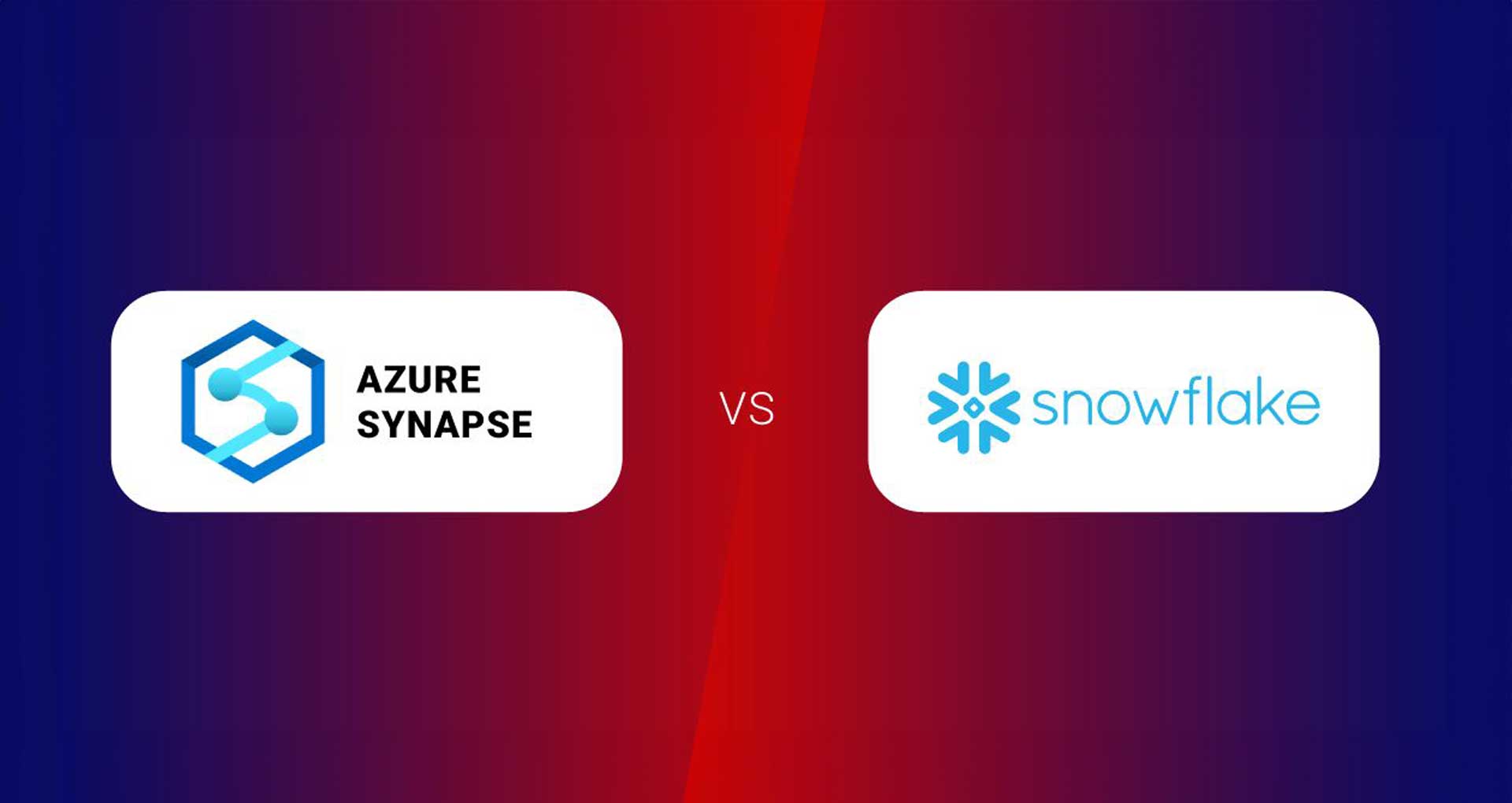


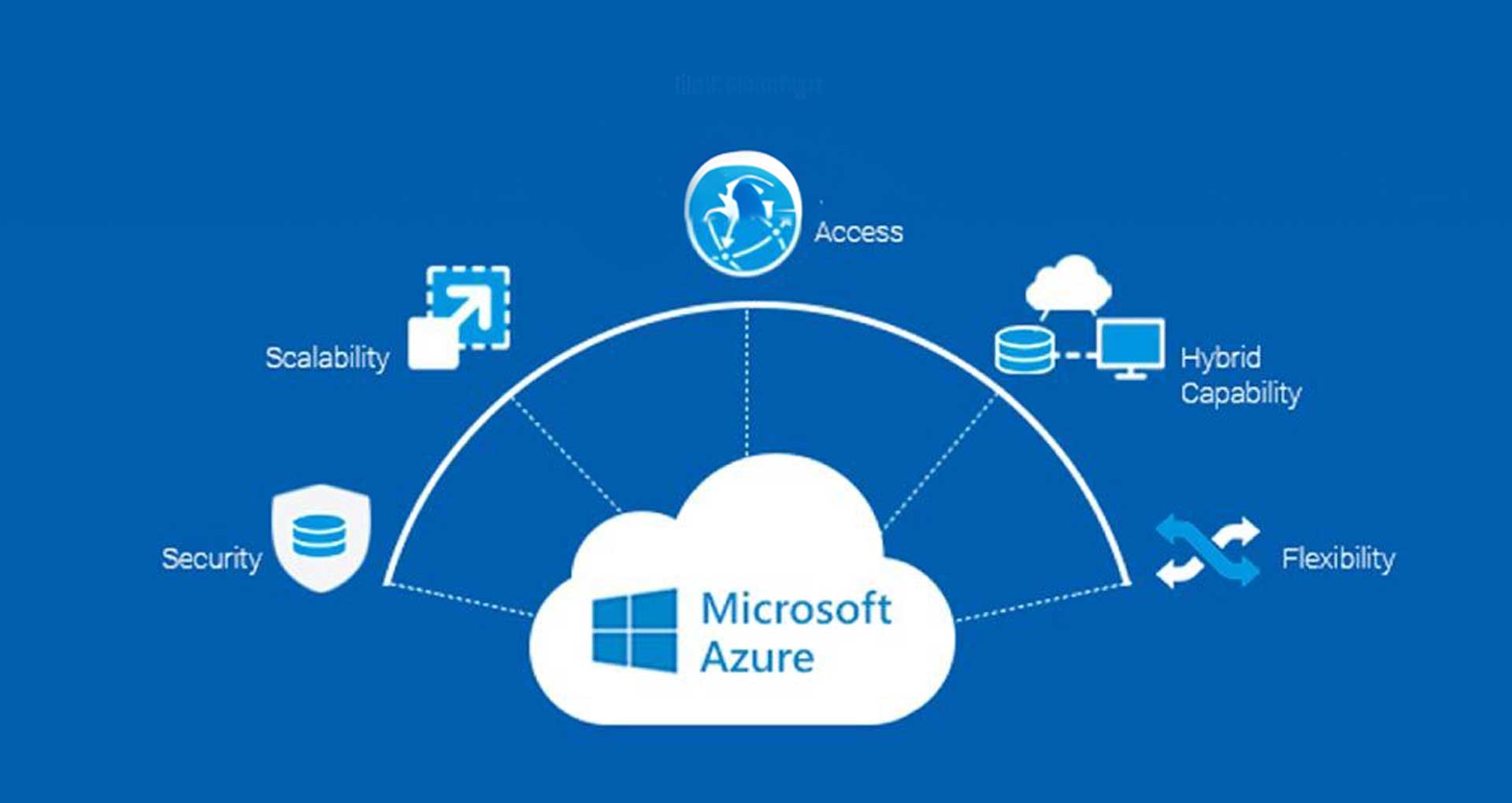
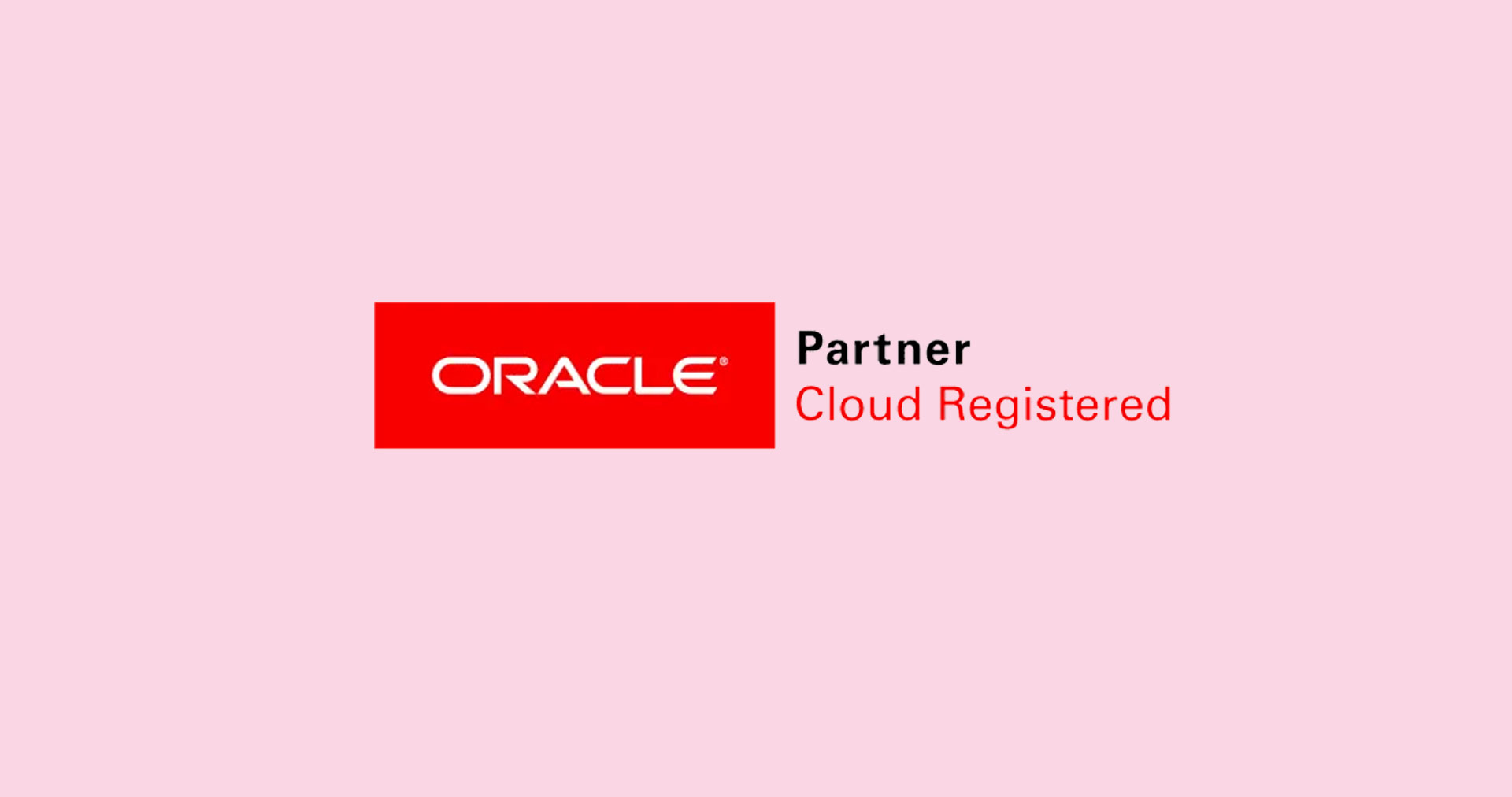






 30 Min
30 Min


